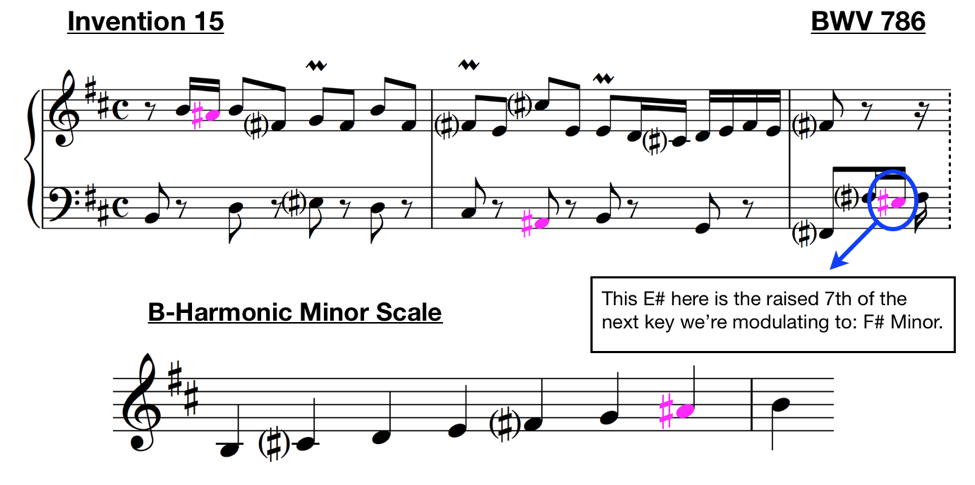
They are extremely well presented and detailed. Remember the order of intervals (halves and wholes), and you’ll be just fine.Ĭheck out more on solfege syllables through time.There are some excellent videos on the net by 'musictheoryguy'. In all reality, it likely makes little difference which you use as long as you’re consistent. I hope this guide on solfege for minor scales helps you when singing these challenging but fun melodies.Īs a teacher for over 10 years and a musician for over 20, I’ve used La-based minor solfege with the most success, but I know many people swear by Do-based minor. Scale Degrees Do-based Minor La-based Minor 1 Do La 2 Re Ti 3 Me Do 4 Fa Re 5 Sol Mi 6 Le Fa 7 Ti Si 8 Do La Final Thoughts Here is the table for the scale degrees and what we say in Do and La-based minor.

Scale Degrees Do-based Minor La-based Minor 1 Do La 2 Re Ti 3 Me Do 4 Fa Re 5 Sol Mi 6 La Fi 7 Ti Si 8 Do La Solfege Harmonic Minor Scale Remember, going down is the same as natural minor, so reference that one for going down.

Scale Degrees Do-based Minor La-based Minor 1 Do La 2 Re Ti 3 Me Do 4 Fa Re 5 Sol Mi 6 Le Fa 7 Ta Sol 8 Do La Solfege Melodic Minor Scale Refer to the above section for more details on how the scale works. In this section, I’ll go over the solfege for both Do and La-based methods in the three main minor scales. It also ends up with fewer chromatic solfege notes. La-based minor emphasizes the relationship between Major and Minor keys in the first place (how they use the same notes but start on different pitches). Solfege for minor scales is different based on whether or not you used Do-based or La-based minor.īoth work well, but in my opinion, La-based is better. Or, if you feel lazy, check out the article above where I did all the hard work for you! Solfege For Minor Scale In brief, if you want to switch the notes to solfege or the other way, you need to figure out what the scale degrees are in letter names and then use the tables below to convert back and forth. This is a whole other article (which I’ve written! Click to learn about changing solfege to notes.). It’s a step and a half apart! Solfege To Notes The most significant difference is in the extra-large gap from the 6th to the 7th. In basic terms, this is a natural minor scale with a raised 7th scale degree. This minor scale is the least common of the three and has a unique sound. Harmonic minor is based on modal tendencies. This gives it a complete feeling with the “standard” 6-7-8.

On the way up, the 6th and 7th scale degrees are raised a half step. On the way down or descending, the melodic minor scale is precisely the same as the natural minor scale. Without getting into too much detail on the “whys,” let’s look at how it works. This was also born out of the need to alter pitches to better fit in chords and harmonic progressions. In actual music, natural minor doesn’t sound as “natural” as you’d think.īy altering pitches depending on the motion of the melody (thus, melodic minor), composers get a feeling of completion. The intervals are the same as we listed before.ġ – W – 2 – H – 3 – W – 4 – W – 5 – H – 6 – W – 7 – W – 8 Melodic Minor They just start on the pitch and move with the natural order of the relative major. We call these minor scales natural minors. To go back from minor to major, you look at the minor key’s 3rd scale degree. The relative minor of every Major key is always the 6th degree. Now, let’s look at the relative minor of C, which is A. Minor scales start on what would be the 6th scale degree of the related minor. It’s as if the intervals have shifted to the left.ġ – W – 2 – H – 3 – W – 4 – W – 5 – H – 6 – W – 7 – W – 8 Relative Minor **The 8th scale degree is the same as the 1st, just up an octave. Major scales are built from 7 different pitches in the following interval pattern.ġ – W* – 2 – W – 3 – H – 4 – W – 5 – W – 6 – W – 7 – H – 8** Minor scales are considered the opposite of Major scales. Final Thoughts How Do Minor Scales Work?.


 0 kommentar(er)
0 kommentar(er)
